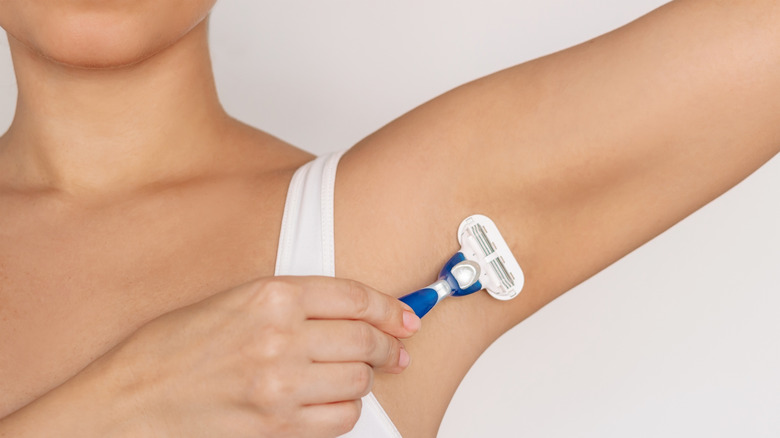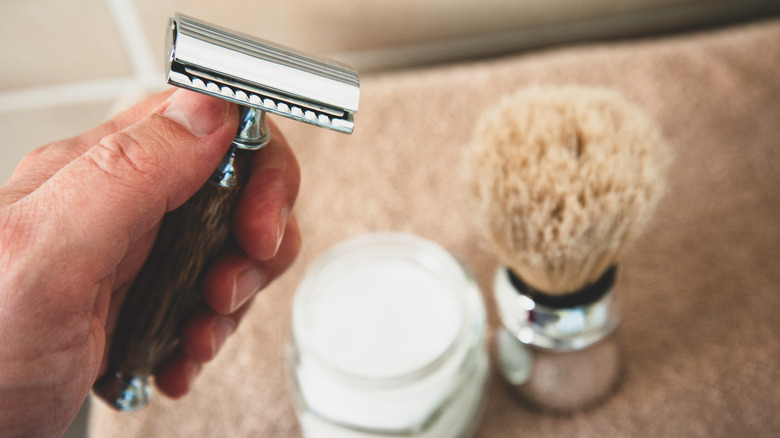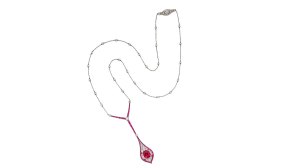
Prostock-studio/Getty Images
Razor burn is a common and often uncomfortable skin irritation that can develop after shaving. It typically appears as red, itchy, or inflamed patches on the skin and may be accompanied by a burning or stinging sensation. While it can occur anywhere you shave — such as the face, legs, underarms, or bikini area — it’s especially likely in sensitive or high-friction areas. Razor burn is usually temporary, but it can be bothersome, particularly when accompanied by bumps or ingrown hairs (here’s how to get rid of ingrown hairs).
This irritation results from friction between the razor and your skin, often when the skin’s protective barrier is compromised or the hair is cut too closely. Several common shaving mistakes can increase your risk of developing razor burn. Using a dull razor, shaving without lubrication, or pressing the razor too hard against your skin are major culprits. We’ll explain these mistakes and more, and show you how you can prevent them.
Common mistakes that cause razor burn

Marina Demeshko/Shutterstock
Razor burn is typically caused by shaving practices that irritate or damage the skin. One of the most common culprits is using a dull razor, which tugs at the hair rather than cutting it cleanly, increasing friction and irritation. Shaving without proper lubrication — such as shaving cream, gel, or even water — can also lead to razor burn by allowing the blade to drag roughly across the skin. Shaving too quickly or with too much pressure can worsen the problem, especially in sensitive areas.
Other contributing factors include shaving too frequently, which doesn’t give the skin enough time to recover, and using products that contain irritating ingredients like alcohol or synthetic fragrances. Shaving against the grain of the hair may provide a closer shave, but it also increases the risk of razor burn and ingrown hairs. Together, these habits can compromise the skin’s barrier and lead to the telltale redness, stinging, and bumps of razor burn.
How to prevent razor burn

Davide Zanin Photography/Shutterstock
Preventing razor burn starts with a gentle, skin-friendly shaving routine. According to the American Academy of Dermatology Association, you can reduce irritation by always wetting your skin and hair with warm water before shaving; this softens the hair and opens pores. Applying a moisturizing shaving cream or gel helps the razor glide smoothly and protects the skin from friction. However, you don’t really need to use shaving cream; other skin barriers will work just fine.
They additionally state that it is important to use a sharp, clean razor and to shave in the direction that hair grows, rather than against it. After each stroke, rinse the blade to keep it clean and effective. Shaving with light pressure, rather than pressing hard, also helps avoid scraping the skin.
When you’re done, rinse with cool water and apply a gentle, alcohol-free moisturizer to soothe the area. Taking your time and following these steps can significantly lower your chances of developing razor burn, bumps, and irritation.
Credit: healthdigest.com










